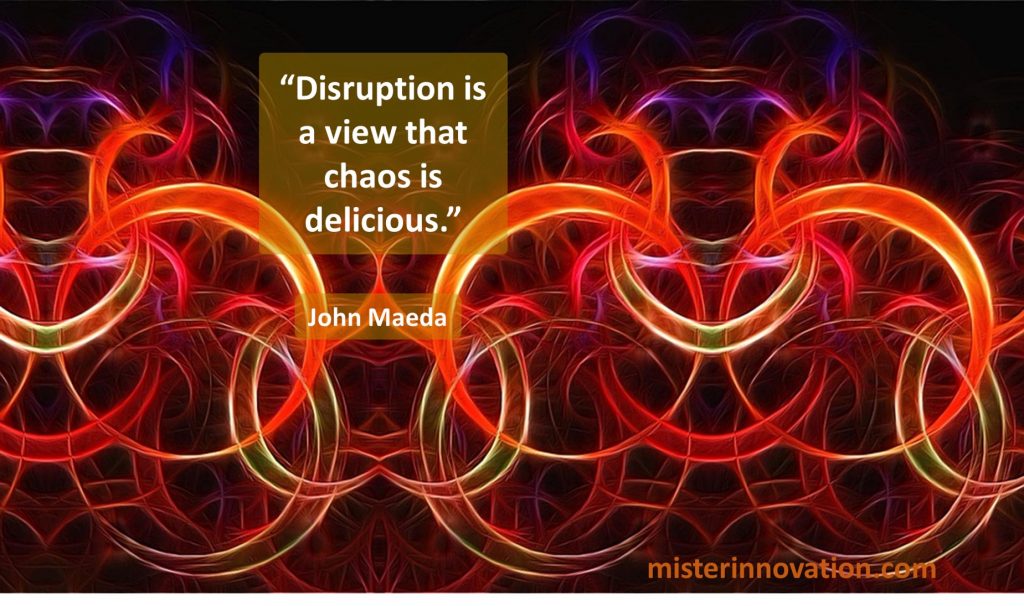Discussing the role of emerging technologies like AI, IoT, and blockchain in designing for disruption

GUEST POST from Art Inteligencia
In today’s fast-paced and ever-changing world, disruptive design has become a key differentiator for businesses looking to stay ahead of the curve. With the rapid advancement of technologies such as artificial intelligence (AI), Internet of Things (IoT), and blockchain, designers now have more tools at their disposal than ever before to create innovative and groundbreaking solutions.
AI, in particular, has revolutionized the design process by enabling designers to analyze vast amounts of data and identify patterns that would have been impossible to detect just a few years ago. By leveraging AI-powered algorithms, designers can now predict trends, personalize products, and streamline the design process to deliver more meaningful and impactful experiences for users.
One such case study that exemplifies the power of AI in disruptive design is the fashion industry. By utilizing AI to analyze customer preferences and behavior, companies like Stitch Fix have been able to create personalized clothing recommendations that cater to individual styles and needs. This not only enhances the customer experience but also drives sales and customer loyalty.
Similarly, IoT has opened up new avenues for disruptive design by connecting physical devices and sensors to the internet, allowing for unprecedented levels of data collection and automation. For example, companies like Nest have revolutionized the home automation industry by creating smart thermostats that learn from user behavior and adjust to optimize energy efficiency. This not only saves money for consumers but also reduces carbon emissions and contributes to a more sustainable future.
Lastly, blockchain technology has the potential to disrupt traditional design practices by enabling secure and transparent transactions, streamlining processes, and enhancing collaboration between stakeholders. For instance, companies like Provenance are using blockchain to trace the origins of products and ensure ethical sourcing practices, providing consumers with greater transparency and trust in the products they purchase.
Conclusion
The role of emerging technologies like AI, IoT, and blockchain in disruptive design cannot be understated. By harnessing the power of these technologies, designers have the ability to create innovative solutions that challenge the status quo and drive positive change in the world. As we look towards the future, it is clear that the intersection of technology and design will continue to shape the way we live, work, and interact with the world around us.
Bottom line: Futures research is not fortune telling. Futurists use a scientific approach to create their deliverables, but a methodology and tools like those in FutureHacking™ can empower anyone to engage in futures research themselves.
Image credit: Pexels
![]() Sign up here to get Human-Centered Change & Innovation Weekly delivered to your inbox every week.
Sign up here to get Human-Centered Change & Innovation Weekly delivered to your inbox every week.

